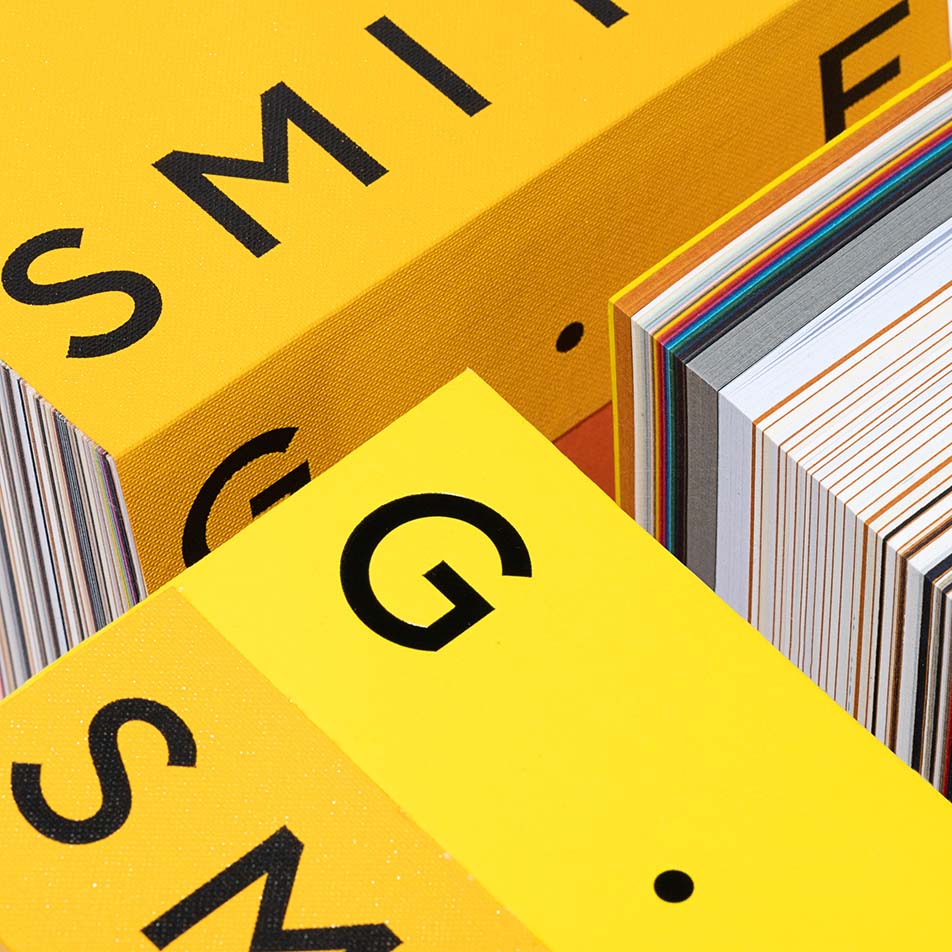This week the creative practitioners answer the following:
– How do you respond to critical feedback and how is it delivered back to your team?
Torsten Posselt, FELD
Critical feedback and positive feedback aren’t the same thing. Torsten talks about how it isn’t the nicest of processes but is important to ensure the brief is reached. For everybody involved, including the client, this may be the first time they have seen a manifestation of the ideas and an answer to the brief. Seeing it in this way may evoke different reactions from different people depending on their own imagined solution a brief setting.
It is vital to get to the bottom of why things may not have worked as successfully as hoped. One of my colleagues taught me the process of asking ‘why’ 5 times (or until you get to the bottom of the issue). Design is so subjective and therefore phrases like, “I don’t like the pink”, aren’t helpful. Unless it is qualified by a reason – for example, “that pink is very similar to our competitors and may confuse the audience.” This is a totally acceptable response. By asking why your viewer doesn’t like something, enables you to get to the root problem or to dismiss the comments as subjective viewpoints.
Finally, it’s important to remember that design is a process and there is always a way to refine a solution to keep all parties happy.
Matthew Jones, Accept and Proceed
“We should all work together. A designer cannot operate in a vacuum…”
At Accept and Proceed the client is very much part of the process from the beginning and therefore critical feedback is given at the many stages of iteration. For them, it works to have the client involved and direct the solution. I can see where this could sometimes be problematic, and the client may not be the most ‘helpful’ in the decision-making process. Contrary to popular belief, the client isn’t always right! They only know what they know and if they aren’t knowledgeable on the solution area you are proposing, they may do themselves a disservice.
Wouter Dirks, Studio Dumbar
“…please be direct and honest, don’t try to find better wording or because you’re afraid to hurt our feelings…”
Studio Dumbar also employs an iterative feedback process which works well for them. They aren’t afraid of criticism and think it’s important to make the project the best it can be. One thing that Wouter brings up is:
“We have the saying, feelings are facts. Even if the client cannot rationally explain why his point of feedback is correct, we still need to do something with it. We can rationally explain how we are right but it won’t change the feelings of the client. This is the client part.”
Even if the client can’t explain the fact that they, “don’t like pink”. It won’t change unless you can tell them why pink is the perfect colour to be used. Design is a partnership between you and the client, and sometimes you will have to concede and sometimes they will.
Remember –
“People are reluctant to accept change, they prefer the status quo.”
Stijn van de Ven, Eden Spiekermann
Stijn talks about two types of feedback, from a user and from a client. I also think there is a third type of feedback – from peers and other professionals.
Clients will either comment on the strategy or the whole concept. Eden Spikerman overcome this by explaining the design journey and from my experience, this does work in getting the client to understand your thought process and the reasons behind each decision. I recently completed a logo that was as simple as a “p” in a circle. I showed the client the 100s of P’s that were drawn and why the one chosen was the best solution.
“You want to fail as early as possible, and you want to get all the assumptions out of the way and all the opinions out of the way and constantly validate and check everything.”
Luke Veerman, Eden Spiekermann
Luke sees critical feedback as not only a process to improve the solution, but also to improve yourself as a designer. We learn by failure and each brief provides opportunities to develop as a person and as a professional.
He also talks about how it is easy to get tunnel vision and to focus on an idea in isolation. A way to tackle this is to schedule critical reviews – either with colleagues or the client – to explain where you are up to and to show ideas at an early stage.
An involved client is more likely to be a happy client.
Finally, he talks about how feedback can come from many sources and that it is important to show a variety of people:
“It can come from the team leader or just another visual designer or someone who is outside your
domain. Have these different people look at it – I think that will improve your work massively.”
Resources

Colour association in design & the world’s favourite colour | Made Thought
Notes:
- What is your favourite colour?
- 30 – 40,000 responses
- Everyone has their own relationship with colour
- Massive amount of data
- Unknown quantitative data
- Mean, Mode, Median

https://www.madethought.com/work/gf-smith-colorplan
Workshop Challenge
This week you will finalise your design concept, while ensuring you are in line with your original brief, strategy and project plan.
- Finalise the design of your ‘Industry Set’ project.
- Gather target audience and key stakeholder feedback; evaluate this feedback to ensure your project is in line with the original brief, strategy and target audience
- Respond to this feedback and refine the design of your final outcome.
- Post developments onto your blog and the Ideas Wall, to gain peer feedback

References
Youtube.com. 2019. Colour association in design & the world’s favourite colour | Made Thought. [online] Available at: <https://www.youtube.com/watch?v=lm_ydjKz-y8> [Accessed 10 December 2021].

Leave a Reply